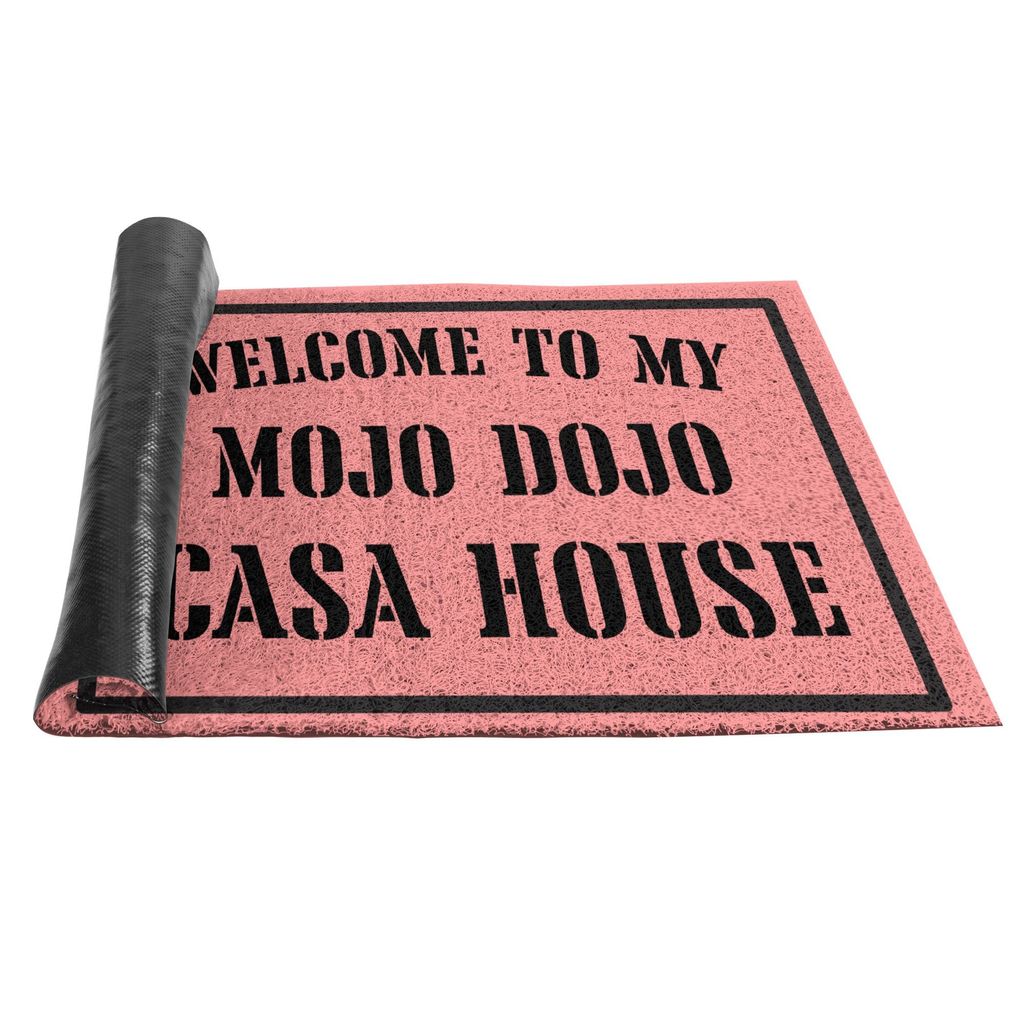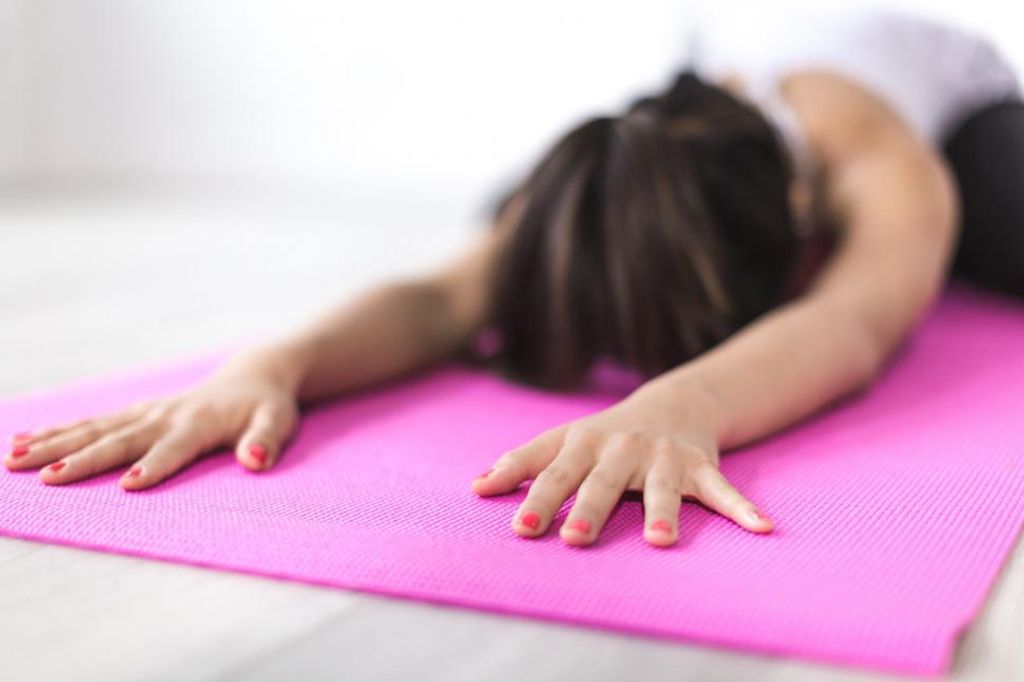
Make Your Own DIY Yoga Mat Cleaner for a Toxin-Free Practice
Yoga is a practice that promotes physical, mental, and spiritual well-being. Using a clean yoga mat is essential for a hygienic and toxin-free practice. Making your own DIY yoga mat cleaner allows you to ensure that you are using safe and natural ingredients. In this article, we will explore the benefits of using toxin-free materials, essential oils for cleaning, simple DIY cleaner recipes, and best practices for cleaning and maintaining your yoga mat.
Key Takeaways
- Using a DIY yoga mat cleaner ensures a toxin-free practice environment.
- Essential oils have natural cleaning properties and can be used to create effective yoga mat cleaners.
- Toxin-free yoga mat materials offer health benefits and reduce exposure to harmful chemicals.
- Regular cleaning and proper drying of yoga mats help maintain hygiene and extend the mat's lifespan.
- Blending essential oils allows you to create personalized scents for your yoga mat cleaner.
Understanding Yoga Mat Materials
Natural vs. Synthetic Materials
When selecting a yoga mat, the material is a key factor that affects not only the grip and comfort but also the environmental impact. Natural materials like rubber, cotton, or jute are renewable and often biodegradable, making them a more eco-friendly option. On the other hand, synthetic materials such as PVC (polyvinyl chloride) and TPE (thermoplastic elastomer) are derived from petroleum and may contain harmful chemicals.
Yoga enthusiasts often prefer natural materials for their toxin-free nature and sustainability. However, synthetic mats can offer more durability and sometimes better cushioning. It's important to weigh the pros and cons of each material type based on personal practice and ethical considerations.
Tip: Consider the lifecycle of the yoga mat material. A biodegradable mat made from natural fibers is a great choice for those looking to minimize their environmental footprint.
Here's a quick comparison of some common yoga mat materials:
- Natural Rubber: Eco-friendly, provides excellent grip
- TPE (Thermoplastic Elastomer): Lightweight, good for sensitive skin
- PVC (Polyvinyl Chloride): Durable, but often contains phthalates
- Cotton: Traditional, washable, but less grip
- Jute: Sustainable, with a unique texture for grip
Toxins in Conventional Yoga Mats
Conventional yoga mats may harbor a variety of toxins that can be harmful to both our health and the environment. These toxins are often found in the form of phthalates, which are used to make PVC mats flexible, and can leach out over time. Other chemicals to be wary of include heavy metals like lead, cadmium, and mercury, which may be present in the dyes used to color the mats.
Phthalates are not the only concern, as many yoga mats are treated with antibacterial agents and flame retardants, which can also pose health risks. These substances can cause skin irritations and may have long-term effects on the body's hormonal system.
Tip: Opt for yoga mats labeled as 'non-toxic' or 'eco-friendly' to reduce exposure to harmful chemicals.
Here is a list of common toxins found in conventional yoga mats:
- Phthalates
- Lead
- Cadmium
- Mercury
- Chlorine gas
- Ethylene dichloride
- Vinyl chloride
Benefits of Using Toxin-Free Materials
Opting for toxin-free materials in yoga mats brings a multitude of benefits, both for your personal health and the environment. Natural materials such as organic cotton or jute are not only renewable but also biodegradable, reducing the ecological footprint left behind. These materials are often more comfortable and provide better grip and durability, enhancing your yoga practice.
Eco-friendly yoga mats also contribute to a safer practice environment by eliminating the exposure to harmful chemicals found in synthetic mats. This is particularly important for those who practice yoga frequently or have sensitivities to certain toxins.
Remember, a toxin-free yoga mat is not just a choice for your health; it's a step towards a more sustainable lifestyle.
By choosing mats made from non-toxic materials, you're also supporting industries that prioritize ethical production practices. This can have a ripple effect, encouraging more companies to adopt sustainable and health-conscious manufacturing methods.
Essential Oils for DIY Yoga Mat Cleaner
Choosing the Right Essential Oils
When selecting essential oils for your DIY yoga mat cleaner, consider both the antimicrobial properties and the scent profile that will enhance your yoga experience. Essential oils like lavender, tea tree, lemongrass, and eucalyptus are popular choices due to their natural disinfecting qualities and pleasant aromas.
Tea tree oil, for instance, is known for its potent antiseptic properties, making it an excellent choice for a yoga mat cleaner. Here's a simple guide to help you choose:
- Lavender: Calming and relaxing, good for evening sessions.
- Tea Tree: Strong antiseptic, ideal for thorough cleanings.
- Lemongrass: Uplifting and cleansing, perfect for a refreshing feel.
- Eucalyptus: Invigorating, helps with deep breathing during practice.
Tip: Always dilute essential oils with a carrier liquid like water or witch hazel to prevent any damage to your mat and to ensure safe application.
Properties of Essential Oils
Essential oils are not only revered for their aromatic qualities but also for their diverse properties that make them ideal for a DIY yoga mat cleaner. Each oil has unique characteristics; for instance, tea tree oil is known for its antimicrobial properties, which can help in eliminating bacteria and fungi from the surface of your mat. Similarly, lavender oil is appreciated for its calming scent and its ability to act as an antiseptic.
When selecting oils for your cleaner, consider the following properties:
- Antimicrobial: Effective against bacteria, viruses, and fungi.
- Antiseptic: Prevents the growth of disease-causing microorganisms.
- Anti-inflammatory: Reduces inflammation and can soothe skin irritations.
- Deodorizing: Neutralizes odors, leaving your mat smelling fresh.
Tip: Always dilute essential oils with a carrier liquid, such as water or witch hazel, to avoid damaging your yoga mat's material.
Understanding these properties allows you to customize your yoga mat cleaner to your personal preferences and the specific needs of your practice environment.
Blending Essential Oils for Cleaning
When blending essential oils for cleaning, it's important to consider the properties of each oil and how they complement each other. Experiment with different combinations to find the right balance of scents and cleaning power. Here's a simple table to showcase the properties of some common essential oils used in cleaning:
| Essential Oil | Properties |
|---|---|
| Tea Tree | Antimicrobial, Antifungal |
| Lemon | Antibacterial, Antiviral |
| Lavender | Calming, Antiseptic |
Remember to adjust the quantities of each oil based on your personal preferences and the intended use of the cleaner. Additionally, always perform a patch test before using a new blend on your yoga mat to ensure compatibility with the material.
It's perfect for a kitchen or bathroom cleaner and should be used in a higher concentration (see below). It blends well with bergamot, grapefruit, lemon, and more.
Simple DIY Yoga Mat Cleaner Recipes
Basic DIY Cleaner Recipe
When creating your own DIY yoga mat cleaner, it's important to consider the ingredients and their properties. For a basic cleaner, you can use a combination of vinegar, water, and essential oils. Here's a simple recipe to get you started:
| Ingredient | Quantity |
|---|---|
| Vinegar | 1 cup |
| Water | 2 cups |
| Essential Oils | 10-15 drops |
- Mix the ingredients in a spray bottle and shake well before each use.
- Spray the cleaner onto your yoga mat and wipe it down with a clean cloth.
Tip: Test the cleaner on a small area of your mat first to ensure compatibility with the material.
Remember, a little goes a long way with this DIY cleaner, so use it sparingly for a fresh and clean yoga mat.
Aromatherapy Yoga Mat Spray
Elevate your yoga practice with an aromatherapy yoga mat spray that not only cleanses your mat but also enhances your experience with the therapeutic benefits of essential oils. This spray can be a delightful addition to your yoga routine, providing a sensory boost to your practice.
To create your own spray, you'll need a few simple ingredients:
- Distilled water
- Witch hazel or white vinegar
- Your choice of essential oils
Combine these in a spray bottle, starting with about 3/4 cup of water and 1/4 cup of witch hazel or vinegar. Add 10-20 drops of essential oils, depending on how strong you want the aroma to be.
Tip: For a calming effect, lavender or chamomile are excellent choices. If you're looking for an energizing spray, opt for citrus or peppermint.
Shake the bottle well before each use and lightly mist your yoga mat. Allow it to air dry or wipe it down gently with a clean cloth. Regular use of your homemade aromatherapy spray will not only keep your mat fresh but also support a mindful and invigorating practice.
Herbal Infused Mat Cleaner
Creating a herbal infused mat cleaner is a delightful way to bring the power of nature into your yoga practice. By steeping herbs in a base such as distilled water or vinegar, you can extract their beneficial properties to make an effective and aromatic cleaner.
To start, choose herbs that are known for their cleansing and antibacterial qualities, such as lavender, rosemary, or thyme. Here's a simple process to follow:
- Fill a jar with your chosen herbs.
- Pour in distilled water or vinegar until the herbs are fully submerged.
- Seal the jar and let it sit in a sunny spot for 1-2 weeks.
- Strain the infusion and transfer it to a spray bottle.
- Add a few drops of essential oil for extra scent and cleaning power.
Tip: Always use a glass container when infusing herbs to avoid any reactions with plastic that could contaminate your cleaner.
This natural approach not only ensures a toxin-free cleaner but also adds a personal touch to your yoga routine. The subtle fragrances can enhance your practice by creating a calming environment.
Best Practices for Cleaning Yoga Mats
Frequency of Cleaning
When cleaning your yoga mat, it's important to consider the frequency of cleaning. Regular cleaning helps maintain the hygiene and longevity of your mat. Here are some general guidelines for cleaning frequency:
- For regular use, aim to clean your yoga mat once a week.
- If you practice hot yoga or sweat heavily, consider cleaning your mat after every use.
It's essential to find a balance between keeping your mat clean and avoiding over-cleaning, which can affect the mat's material and texture. Remember to use gentle cleaning methods to preserve the integrity of your yoga mat.
Tip: Avoid using harsh chemicals or abrasive materials when cleaning your yoga mat. Opt for natural, gentle cleaners to protect the material and your skin.
Proper Cleaning Techniques
When cleaning your yoga mat, it's important to use gentle cleaning techniques to avoid damaging the material. Start by creating a water and vinegar solution for a natural and effective cleaner. Then, spray the solution all over one side of the mat and follow with a microfiber cloth to wipe down the mat and soak up any excess liquid. After cleaning, ensure that the mat is thoroughly dried before storing it to prevent mold and mildew growth. Proper drying and storage will prolong the life of your yoga mat and maintain its cleanliness and integrity.
Drying and Storing Your Yoga Mat
After cleaning your yoga mat, it's important to ensure proper drying and storage to maintain its quality and longevity. Air drying your mat in a well-ventilated area is essential to prevent moisture buildup and the growth of bacteria. Additionally, storing your mat in a cool, dry place away from direct sunlight and extreme temperatures will help preserve its integrity. Remember to roll your mat with the top side facing out to prevent the edges from curling.
For a quick reference, here's a simple guide for drying and storing your yoga mat:
| Drying and Storing Tips |
|---|
| Air dry in a well-ventilated area |
| Store in a cool, dry place away from direct sunlight |
| Roll with the top side facing out |
Lastly, always ensure that your mat is completely dry before rolling and storing it to prevent mold and mildew. Proper drying and storage practices will not only extend the life of your yoga mat but also contribute to a hygienic and enjoyable yoga practice.
When it comes to maintaining the hygiene and longevity of your yoga mat, following the best practices for cleaning is essential. At Yune Yoga, we understand the importance of a clean and well-maintained yoga mat for your health and fitness journey. Our non-slip and eco-friendly yoga mats are designed to provide both functionality and style, making them the perfect companion for your yoga practice. In addition to yoga mats, we offer a range of yoga accessories including towels and straps to enhance your yoga and exercise experience. Visit Yune Yoga today to explore our collection of high-quality yoga mats and accessories.
Conclusion
In conclusion, creating your own DIY yoga mat cleaner is a simple and effective way to ensure a toxin-free practice. By using natural ingredients, you can maintain a clean and healthy yoga mat without the use of harmful chemicals. With just a few basic household items, you can promote a more sustainable and environmentally-friendly approach to yoga mat maintenance. Take control of your practice and embrace a cleaner, greener yoga experience.
Frequently Asked Questions
What are the benefits of using toxin-free materials for yoga mats?
Toxin-free materials provide a safer and healthier practice environment, reducing the risk of exposure to harmful chemicals and allergens.
How often should I clean my yoga mat?
It is recommended to clean your yoga mat after every use to maintain hygiene and prevent the buildup of sweat, bacteria, and odors.
Can I use any essential oils for making a DIY yoga mat cleaner?
Yes, you can use a variety of essential oils, but it's important to choose oils with antibacterial, antifungal, and aromatic properties for effective cleaning and refreshing.
What is the best way to dry and store my yoga mat after cleaning?
After cleaning, hang your yoga mat in a well-ventilated area to air dry completely. Once dry, roll it up and store it in a cool, dry place away from direct sunlight and moisture.
Are there specific cleaning techniques for different types of yoga mats?
Yes, different materials require different cleaning methods. It's important to follow the manufacturer's instructions for cleaning to avoid damaging the mat.
Can I use herbal infusions to clean my yoga mat?
Yes, herbal infusions can be used to create a natural and aromatic cleaner for yoga mats. They can also provide additional benefits such as relaxation and stress relief during practice.


